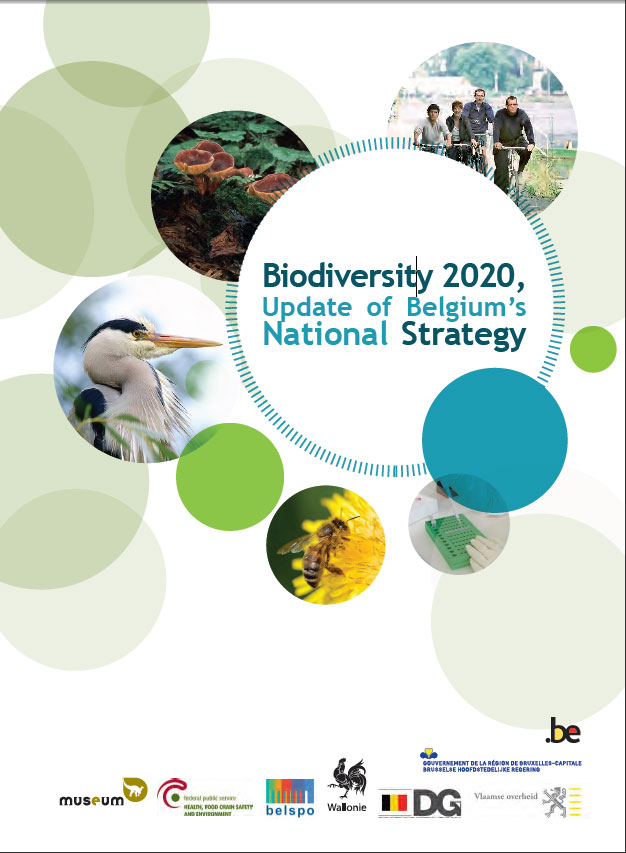 What is biodiversity?
What is biodiversity?
Biodiversity is a contraction of the words “biological” and “diversity”. Biodiversity therefore refers to the variety of all living organisms: animals, plants, fungi and micro-organisms, their interactions and their habitats. Simply put, biodiversity is a synonym of life on earth, from the smallest bacterium to the largest whale.
The Convention on Biological Diversity considers biodiversity at three levels:
• species diversity: the variety of all different species of plants, animals, fungi and micro-organisms, for example, all species of butterflies, orchids, mushrooms, and bacteria;
• genetic diversity: the variety of genes within plants, animals, fungi and micro-organisms. While specimens of different species differ in their genetics, also individuals belonging to the same species are genetically different. For example, all breeds of dog, like poodles, golden retrievers or Chihuahua’s belong to the same species, but they look very different because of the genetic diversity within the species we call dog;
• ecosystem diversity: the variety of dynamic complexes of organisms living in communities, interacting with their non-living environment, such natural ecosystems: forests, deserts, swamps, rivers, mountains, coral reefs, etc., but also man-made environments such as agricultural landscapes and cities.
Biodiversity delivers us numerous basic elements (oxygen, pure water and air, food, materials like wood, fibers... cover, drugs, etc.) without which we can not survive. These services that biodiversity offers us are called ecosystem services. They are vitally important for a sustainable economic, social and cultural development.
You can find more information on biodiversity in the brochure “Biodiversiteit in België: een overzicht / La biodiversité en Belgique : un aperçu”, the brochure “Biodiversiteit in België: van vitaal belang / La biodiversité en Belgique : une question vitale”, and on the web site of the Belgian Clearing House Mechanism.
 This site uses cookies in order to function as expected. By continuing, you are agreeing to our
This site uses cookies in order to function as expected. By continuing, you are agreeing to our 